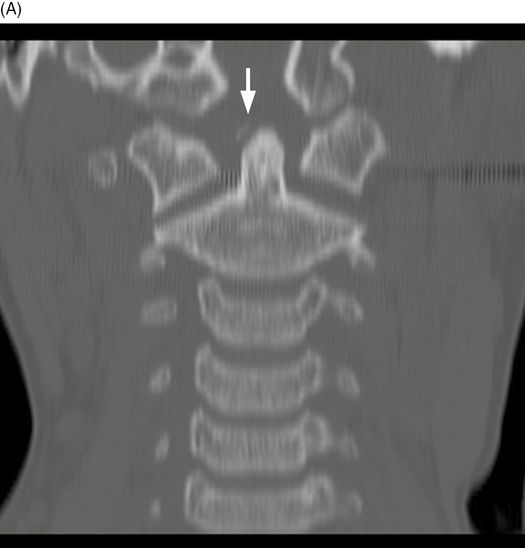

From the perspective of treatment options, the percentage of patients receiving surgery was higher in the young and elderly groups than that in the middle-aged group.Ĭonclusion: Hangman's fracture is predominant in males of all age groups, with high-energy injury as the main mechanism of injury. Overall, unstable fracture was the main fracture type, with a higher proportion in the young and elderly groups than that in the middle-aged group, but there was no statistically significant difference. There was a statistically significant difference in the percentage of patients with high-energy injury in various age groups (the highest in the young group, and the lowest in the elderly group). Overall, high-energy injury was the main mechanism of injury. The male-to-female ratio was similar in the young group (18–44 years) and the middle-aged group (45–64 years) (both about 3:1) but decreased in the elderly group (65 years and above) (about 2:1). There was no statistically significant difference in gender distribution of different age groups. Results: A total of 216 eligible patients (160 males and 56 females, with a mean age of 49.7 years) were selected. Data, including gender, age, mechanism of injury, fracture classification, and treatment, were statistically analyzed. Data on patients who met the inclusion and exclusion criteria were retrospectively analyzed. Methods: The clinical data of adult patients were collected from the hangman's fracture database of 7 medical centers. The Affiliated Hospital of Southwest Medical University, Luzhou, Chinaīackground: There are few reports on the clinical characteristics of adult patients with hangman's fractures.


 0 kommentar(er)
0 kommentar(er)
